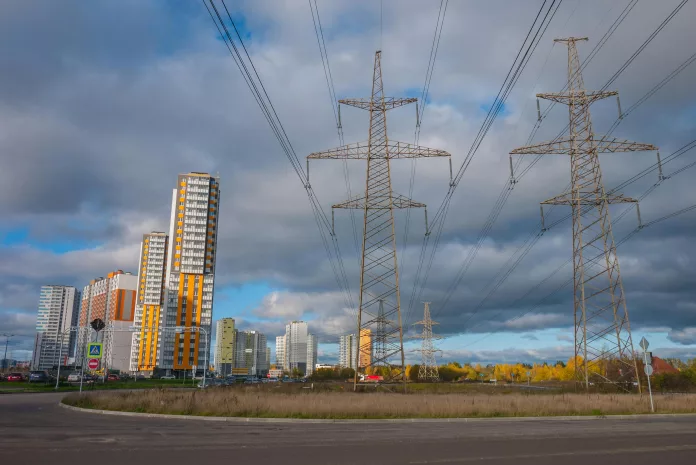The integration of smart and controllable home devices is revolutionizing how we use energy. As we encompass technologies like energy-efficient heat pumps, electric vehicles, and solar panels, it’s critical to understand their influence on the electric grid. Numerous states in the US are now mandating connected features in domestic devices, leading to an uptick in installations nationwide.
These emerging technologies don’t just benefit homeowners by cutting energy costs and curbing emissions; they also bolster grid operations. However, with benefits come complexities, as integrating time-of-use rates from utilities can affect both costs and comfort levels for consumers. It’s a dynamic scenario requiring careful balancing across all stakeholders.
Introducing OCHRE: A Forward-Thinking Energy Model
The Genesis of OCHRE
Recognizing the need to model controllable home technologies, NREL researchers, led by Jeff Maguire, developed OCHRE—an innovative tool that simulates energy usage on a granular level. By factoring in occupant comfort, OCHRE goes beyond traditional energy models, allowing precise management of smart building technologies.
OCHRE’s Evolution and Open-Source Ethos
Initially unfunded, OCHRE’s development was a testament to NREL’s collaborative spirit, pooling resources from varied projects that stood to gain from its advanced modeling capabilities. Now, OCHRE shines as an open-source marvel, capable of simulating minute-by-minute home energy consumption, boasting versatility across various building types and regions.
The Distinctive Capabilities of OCHRE
OCHRE has been engineered to capture intricate details of energy use, a trait distilling more accurate predictions of grid impact. Whether modeling HVAC cycles or devising new control strategies, the tool’s high-resolution data empowers users to make more informed decisions, pivotal for future-proofing electric infrastructure.
Fusing Building and Grid Research Through OCHRE
OCHRE is a hybrid, straddling the domains of grid and building research. Michael Blonsky highlights its user-friendly nature, where intricate building models are simplified for grid experts. Concurrently, the synergy between NREL’s modeling tools enriches OCHRE’s applications, making it a central resource in equitable and detailed energy analysis.
The research duo sees OCHRE playing a critical role in understanding virtual power plants, as grid complexities swell with the inclusion of more homes. OCHRE’s scalability and detail-oriented approach mark it as a game-changer in distributed energy resource research.
Prominent Research Featuring OCHRE
For a deeper dive into OCHRE’s possibilities, explore a range of studies detailing its application in neighborhood-scale energy retrofits, home energy management, and beyond:
- Analyzed neighborhood impact of energy-efficiency upgrades in Applied Energy (2023).
- Surveyed control methods for home energy management in Applied Energy (2022).
- Published observations on residential solar plus storage in NREL Technical Report (2022).
- Detailed OCHRE’s conception as a residential energy model in Applied Energy (2021).
To explore OCHRE further and utilize its capabilities, one can find the tool and its accompanying documentation available on GitHub, ready to empower the next wave of energy optimization and grid management research.


























